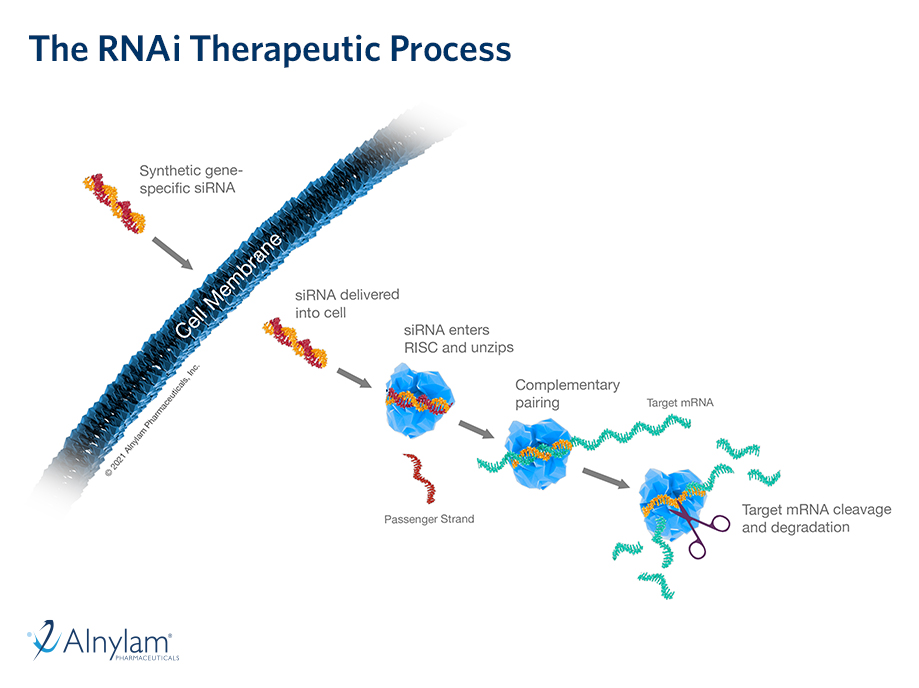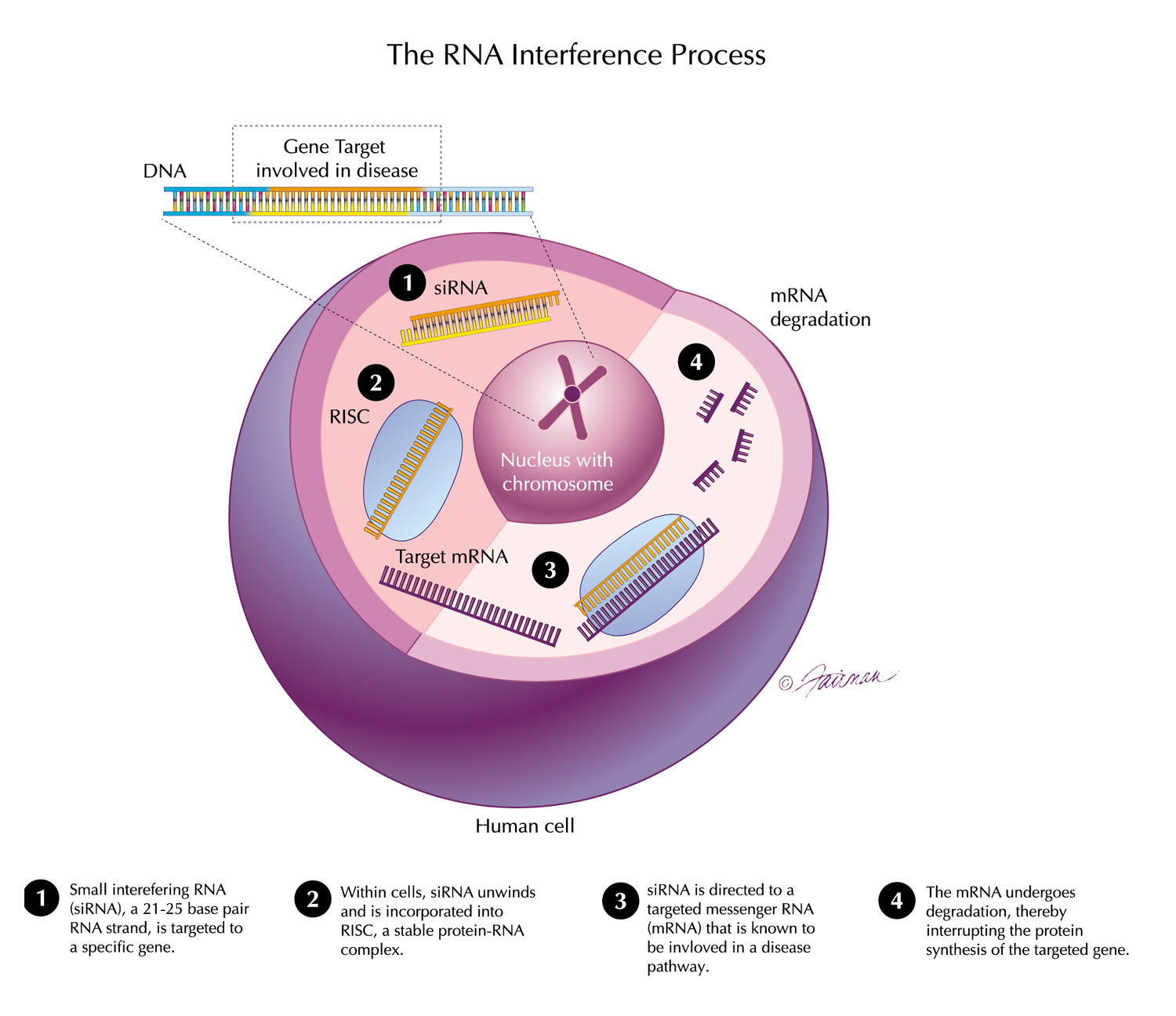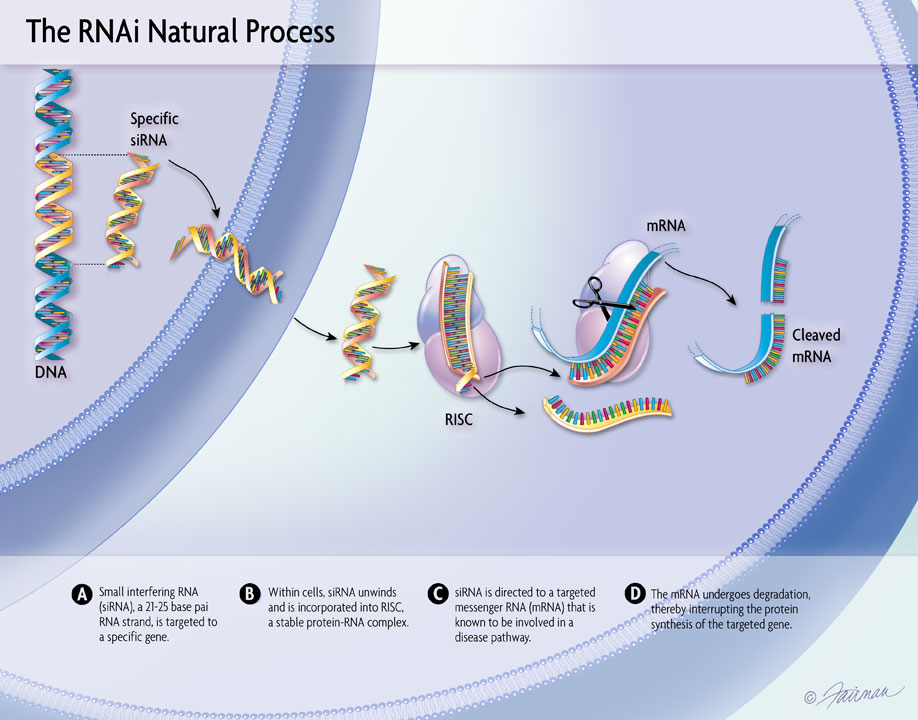
14 Jun, 2019 Case Study of a Healthy Human with Mutations in HAO1 Gene, a Validated Target for the Treatment of PH1, and Diagnostic Journey Research on PH1
We presented a case study of a healthy human with mutations in the HAO1 gene, a validated target for the treatment of primary hyperoxaluria type 1 (PH1), as well as results from research on the diagnostic journey of PH1 at the 56th Congress of the European Renal Association (ERA) and European Dialysis and Transplant Association (EDTA) held on June 13-16 in Budapest, Hungary.
A case report of a healthy mother with homozygous mutations in the HAO1 gene which encodes for glycolate oxidase (GO) – an enzyme required for oxalate production and upstream of the AGT enzyme implicated in PH1 pathophysiology – was presented. The case report provides further evidence in support of the hypothesis that very low or absent levels of GO function are well tolerated with no apparent clinical consequences over the course of decades. These data support that HAO1 silencing, which is the mechanism of action of lumasiran – our investigational RNAi therapeutic in development for the treatment of PH1 – is a therapeutic approach to address the pathophysiology of this disease.
We also presented results from research aimed at identifying the triggers that raised suspicion of PH1 and factors that contributed to diagnostic delays throughout the course of PH1.


